Reviewed by Corey Noles
The sixth developer beta of visionOS 26 has arrived, and the big news isn't just about bug fixes—it's about PlayStation VR2 Sense controller support hitting Apple's mixed-reality headset. After months of hand-gesture-only interactions, this feels like Apple finally admitting that sometimes you just need real buttons. The beta was released on August 5, continuing Apple's aggressive push toward making the Vision Pro a more versatile spatial computing platform. But here's the thing: is this the update that transforms your $3,500 headset into something you'll actually reach for daily?
Why PlayStation controllers change everything for Vision Pro gaming
Sony's DualSense controllers represent more than just gaming convenience—they signal Apple's recognition that gesture fatigue is a real barrier to Vision Pro adoption. VisionOS 26 adds "breakthrough" support for gamepads, meaning you'll see the controller in your hands even when fully immersed in virtual scenes. This addresses a fundamental user experience problem: after 30 minutes of gesture navigation in low-light conditions, where the outward-facing cameras struggle, your hands start cramping and precision drops.
The competitive implications are massive. While Meta has always embraced physical controllers alongside hand tracking, Apple bet everything on pure gesture control at launch. This pivot suggests Apple's internal data shows gesture-only interaction limits engagement time and gaming adoption. Now, with 90Hz hand tracking improvements requiring no additional developer code, Apple offers both precision and comfort.
More importantly, increased memory limits now enable high-end iPad games to run on Vision Pro. Combined with physical controllers, this opens entire gaming genres—from precision platformers to complex strategy games—that were previously impractical with gesture-only controls.
Spatial widgets finally make Vision Pro feel permanent
Here's where visionOS 26 tackles the platform's biggest workflow frustration: nothing stays where you leave it. Widgets that anchor to physical surfaces like walls and tables fundamentally change how you use spatial computing. Thanks to new geographic persistence APIs, content will persist even after restarting your Vision Pro, transforming the headset from an expensive tech demo into a legitimate productivity environment.
This shift has enterprise implications. Imagine architectural firms with 3D models permanently anchored to conference tables, or remote workers with customized dashboards that greet them exactly as configured yesterday. The Widgets app lets you browse and strategically place widgets where they make workflow sense.
The ecosystem strategy here is brilliant: widgets written for iOS and iPadOS automatically work with new spatial treatments. That's thousands of existing widgets suddenly becoming spatial computing interfaces, creating immediate utility without waiting for developer updates.
Apple Intelligence arrives (but spatial potential remains untapped)
The sixth beta expands Apple Intelligence features that debuted in visionOS 2.4, including Writing Tools, Image Playground, and Genmoji. While functionally identical to iPhone and iPad versions, this raises strategic questions about Apple's AI direction for spatial computing.
The real opportunity lies ahead: visionOS 26 extends Apple Intelligence to additional languages including Simplified Chinese, French, German, Italian, Japanese, Korean, and Spanish, suggesting global expansion priorities. More intriguingly, the new Foundation Models framework gives developers direct access to on-device language models, enabling custom AI integrations that could leverage Vision Pro's unique spatial context.
Imagine AI that understands your physical workspace, suggests optimal widget placement, or generates 3D models from verbal descriptions while seeing your environment. That's where spatial AI becomes compelling—not just porting iPhone features, but creating experiences impossible on traditional screens.
The Spatial Gallery app continues expanding with curated content from Cirque du Soleil and Red Bull, though it still feels like Apple justifying the "spatial" premium rather than delivering transformative value.
Major Persona upgrades tackle the "ghostly" problem
The uncanny valley problem finally gets serious attention. VisionOS 26's new Persona engine dramatically improves side profiles, hair and eyelash rendering, and skin detail accuracy. Apple promises more than 1,000 variations of glasses so wearers can find precise matches, addressing a major personalization gap.
Beyond cosmetics, new co-located sharing features represent the future of collaborative spatial computing. Two Vision Pro users in the same room can now experience synchronized virtual content anchored to identical physical locations. Think collaborative 3D modeling where both people manipulate the same virtual object, or shared presentations where annotations appear in real-time for both users.
These spatial Personas become default, suggesting Apple's confidence in the visual improvements. However, beards still limit mouth movement—a reminder that avatar technology remains iterative rather than revolutionary.
Should you install the visionOS 26 beta?
This beta represents Apple's most significant Vision Pro update since launch, but early-adopter risks remain real. Developer reports indicate peer-to-peer connectivity issues and PDF rendering problems in beta builds. Additionally, many features require iOS 18.4 compatibility across your device ecosystem to function properly.
For enterprise users or serious developers, the PlayStation controller support and persistent widgets justify the beta instability. The productivity gains from not rebuilding your workspace after every reboot are substantial. However, casual users will find better value waiting for the stable release.
PRO TIP: If you're already testing controller-based applications or developing spatial widgets for business use, the sixth beta offers compelling functionality. Otherwise, the gaming improvements and visual enhancements aren't worth beta instability for everyday use.
Where does Vision Pro go from here?
VisionOS 26 represents Apple's commitment to rapid platform evolution, systematically addressing core adoption barriers while building toward genuine spatial computing utility. The PlayStation controller acknowledgment shows Apple learning from user feedback, while persistent spatial widgets transform the headset from curiosity to tool.
With Ming-Chi Kuo predicting over 10 million AR/VR shipments in 2027 and multiple Vision products in development, Apple's clearly executing a long-term ecosystem strategy. The analyst's track record on Apple predictions gives weight to his timeline for lighter, more affordable models arriving in 2027-2028.
Bottom line: if you're already a Vision Pro owner, this beta showcases meaningful progress toward daily utility. The controller support, persistent widgets, and improved Personas address real workflow problems rather than adding flashy features. If you're still on the fence, Apple's aggressive update cycle suggests the platform will look dramatically different—and hopefully more accessible—by the time those lighter models arrive.
The question isn't whether Vision Pro will succeed, but whether you want to pay $3,500 to be part of Apple's spatial computing development process or wait for the more refined, affordable version coming later this decade.






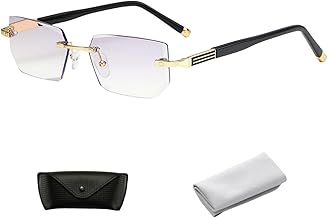
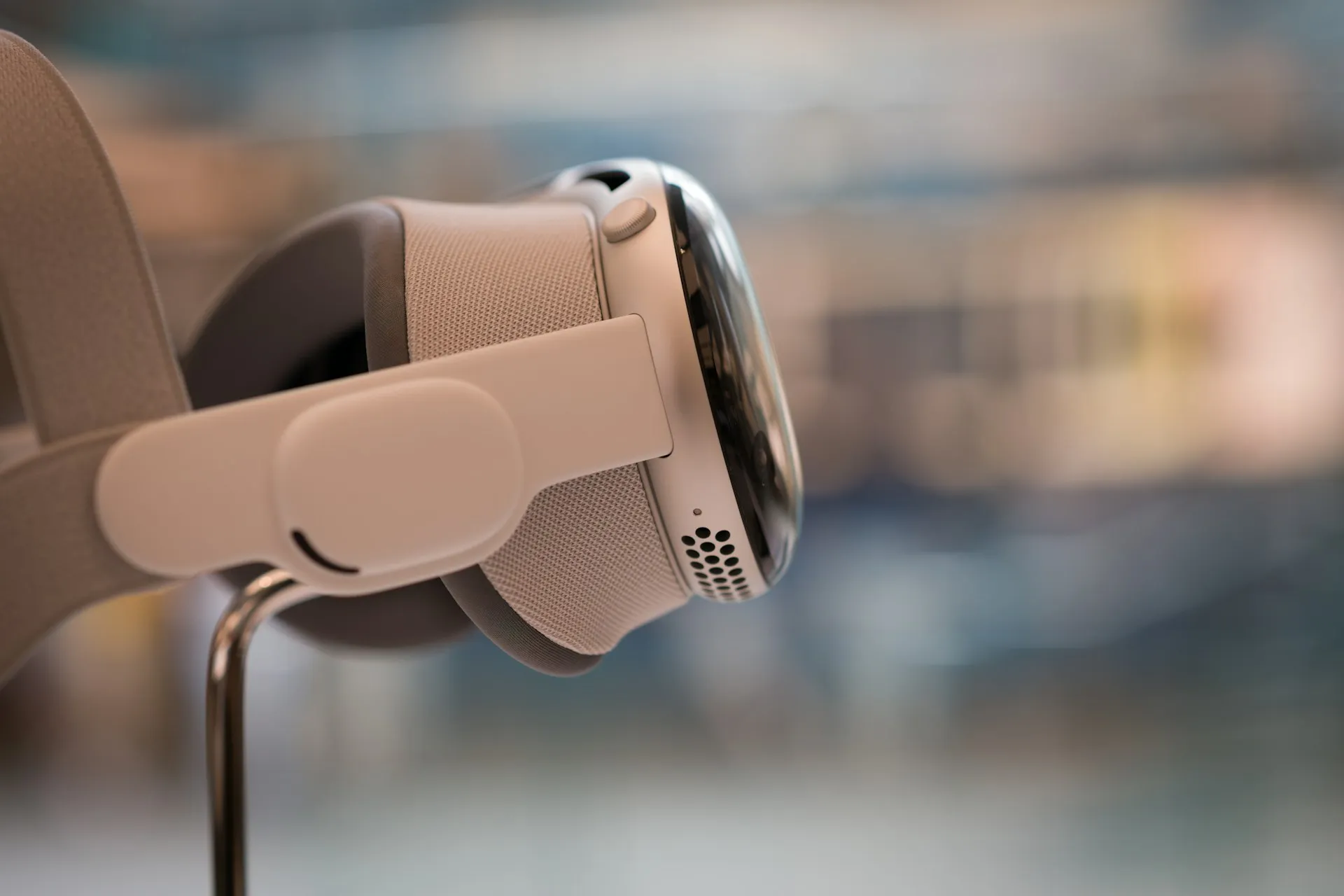
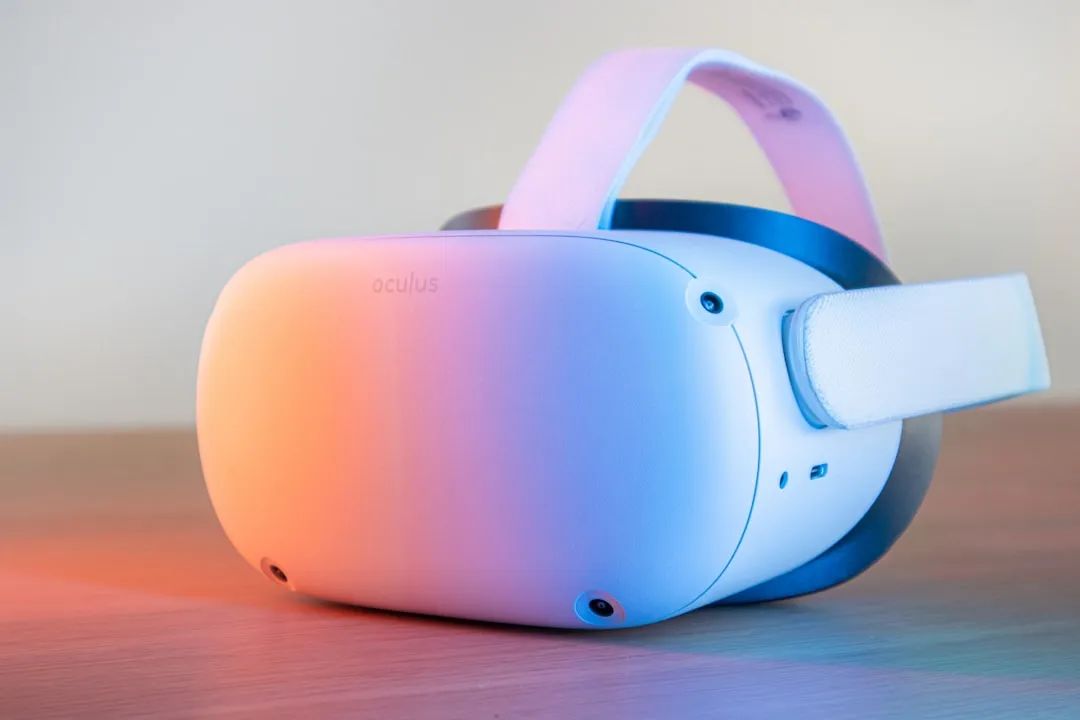
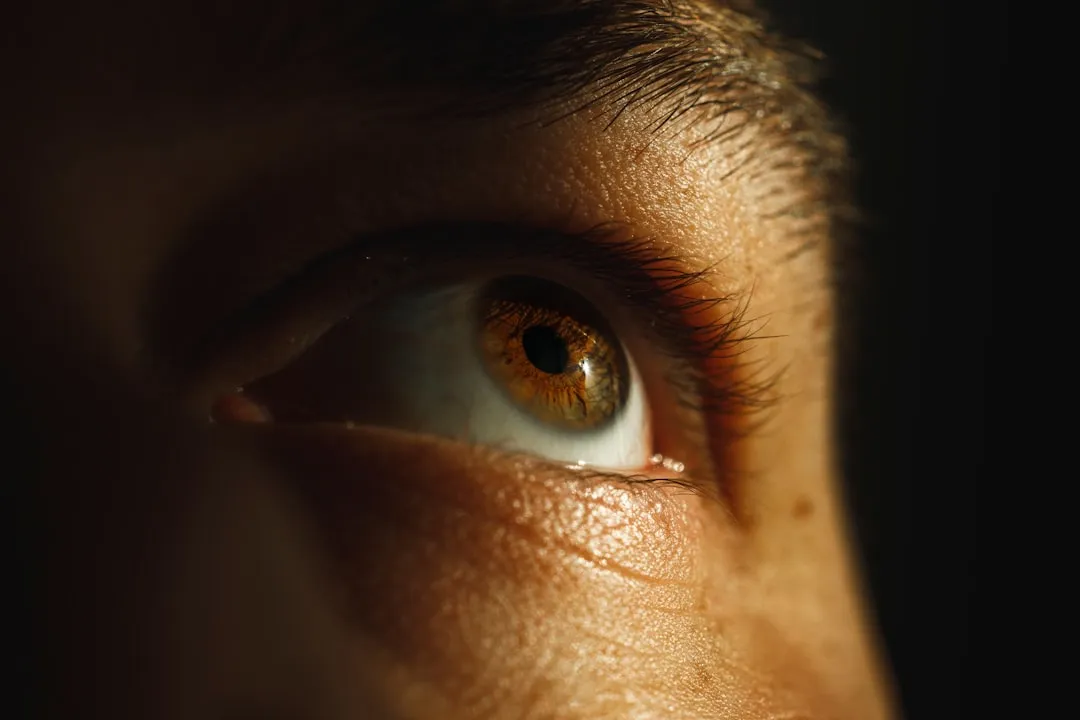
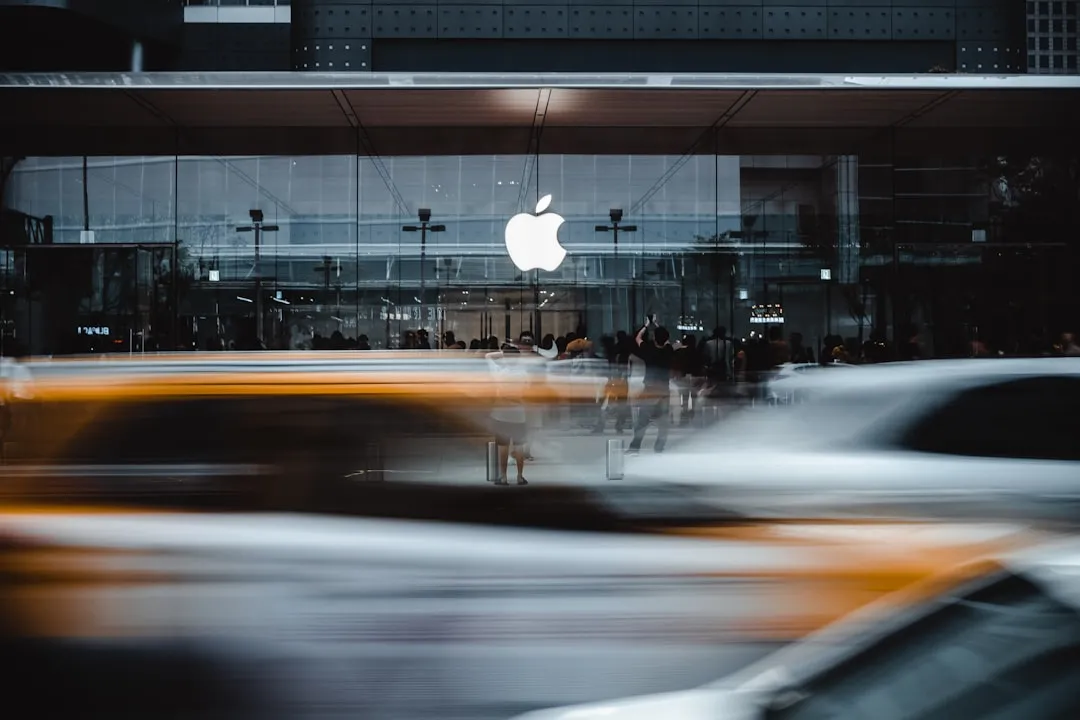
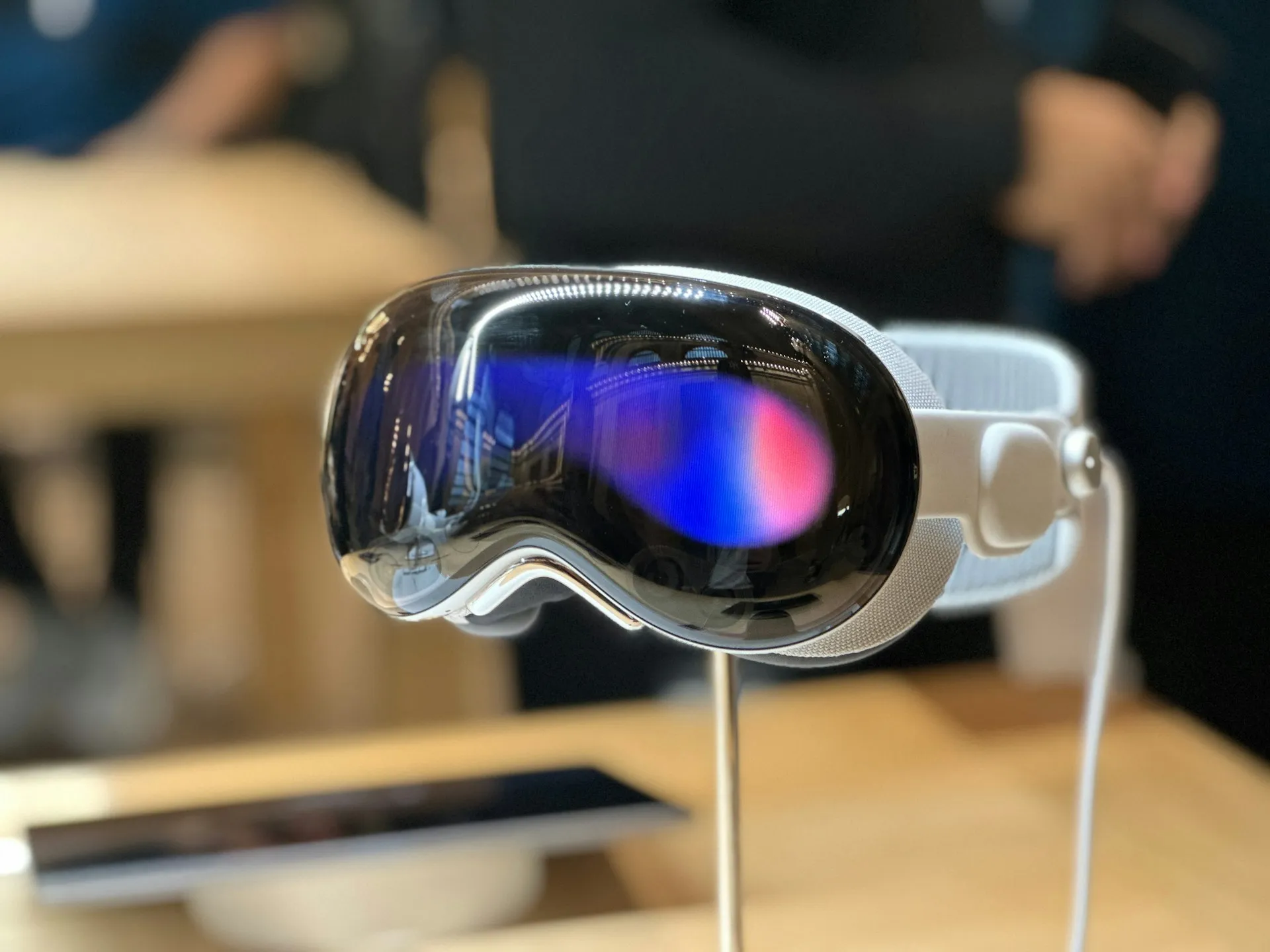
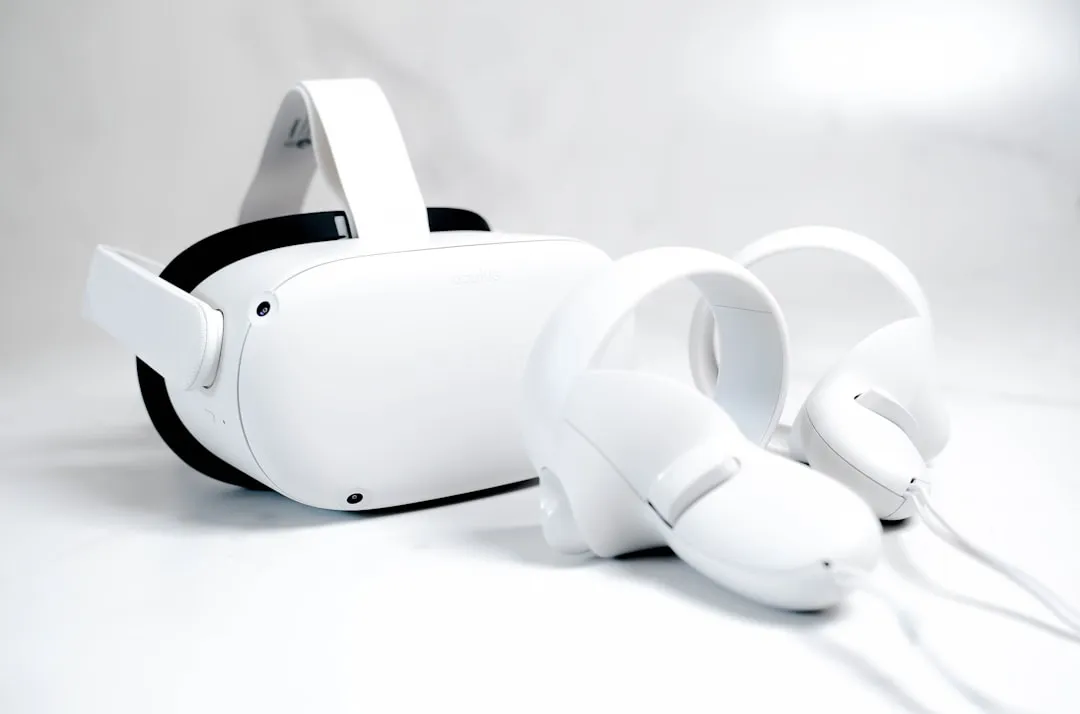

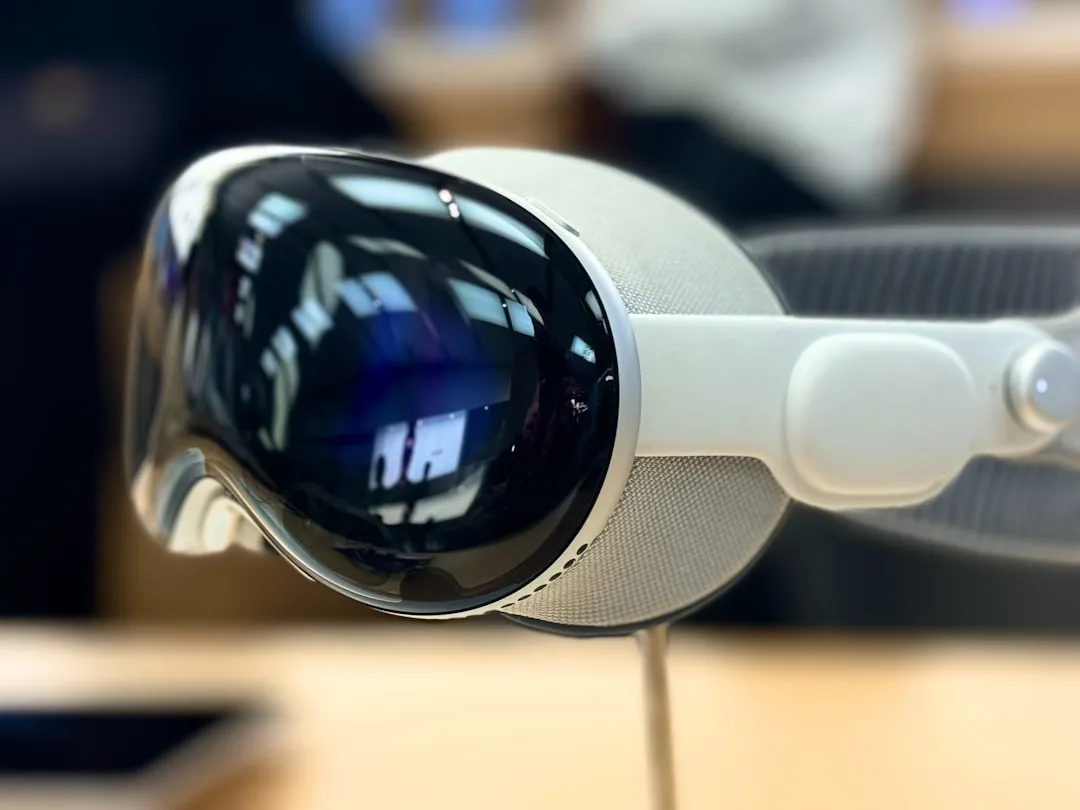
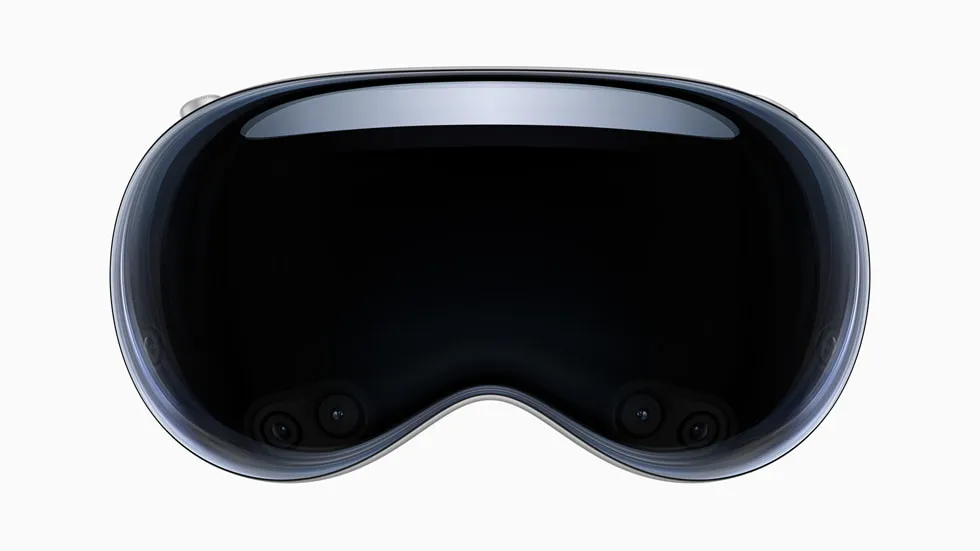
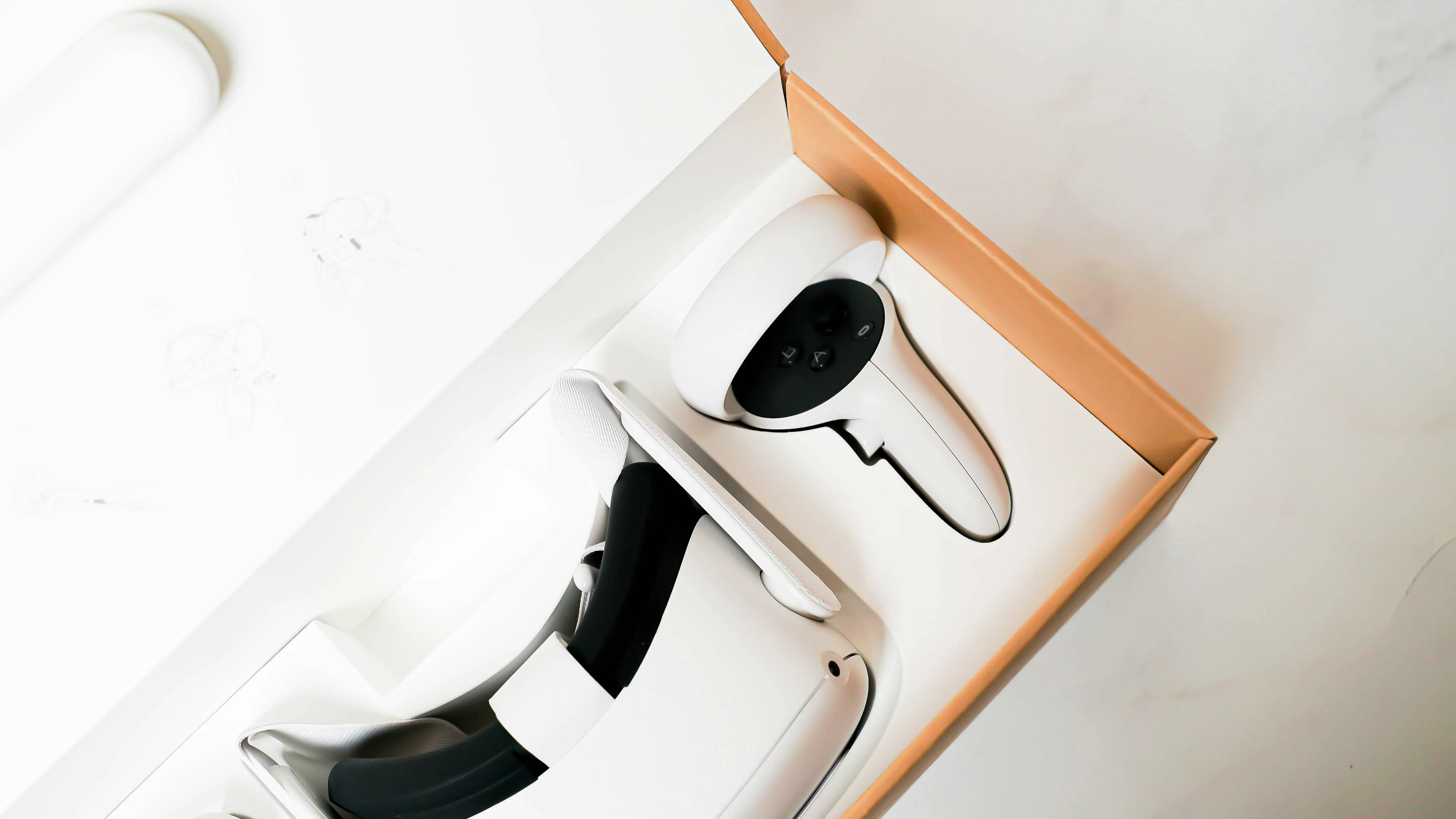
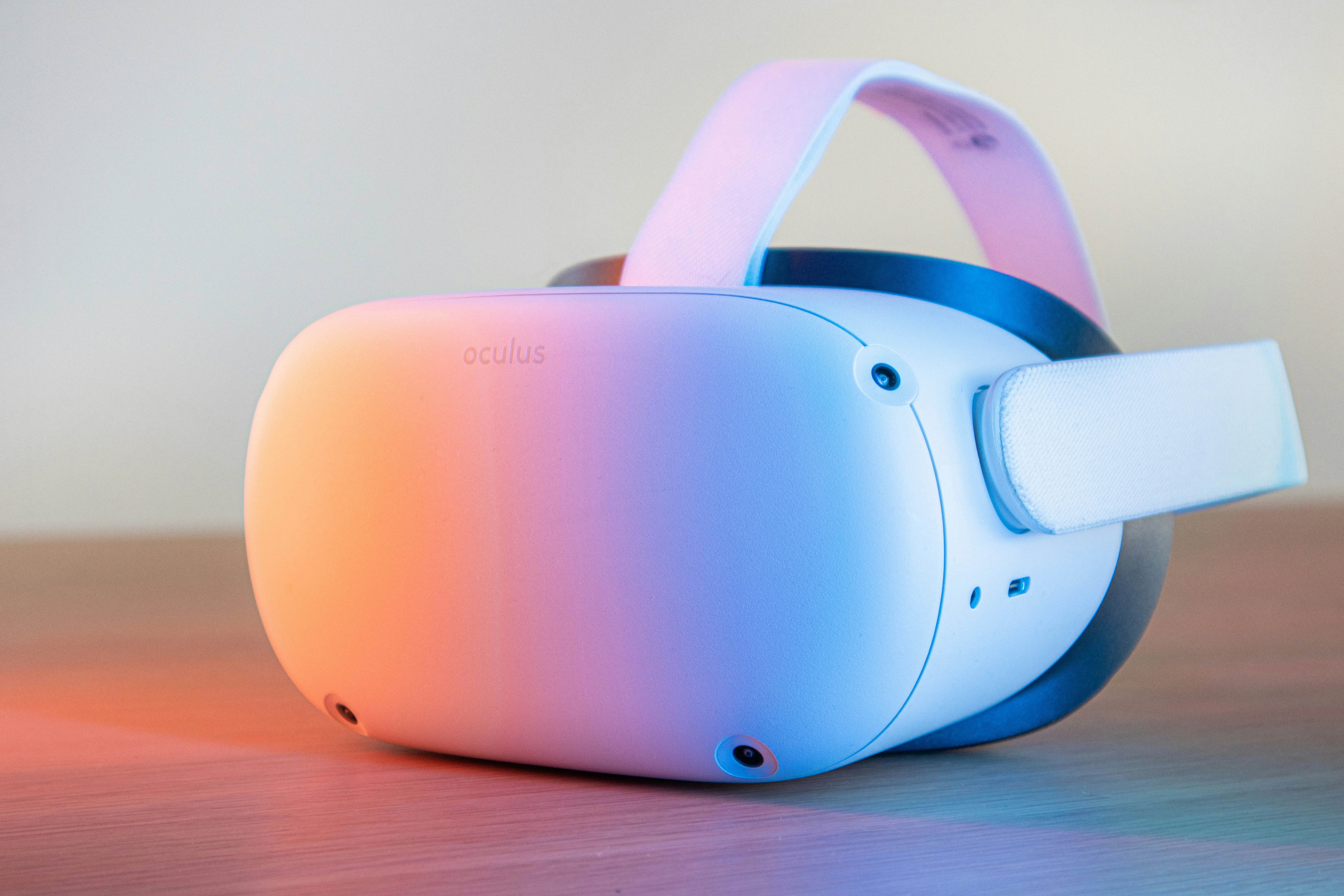









Comments
Be the first, drop a comment!